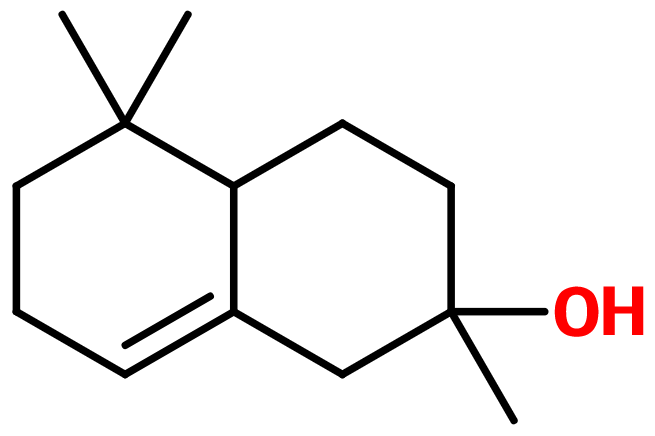
Photo credits: ScenTree SAS
Ambrinol
Ambrinol S ; Amber naphtalenol ; Ambrinol-alpha ; Alpha-ambrinol ; Ambrinol 95 ; 2-hydroxy-2,5,5-trimethyl-1,2,3,4,4a,5,6,7-octahydronaphtalene ; 1,2,3,4,4a,5,6,7-octahydro-2,5,5-trimethyl-2-naphtalenol ; 2,5,5-trimethyl-octahydro-2-naphtalenol

Photo credits: ScenTree SAS
| Company | Ingredient Name | ID | Comments | Naturality | Certifications | MOQ | Purity |
|---|---|---|---|---|---|---|---|
|
|
AMBRINOL | 908930 |
Visit website
|
Molecules |

|
- | - |
General Presentation
-
CAS N° :
41199-19-3 -
EINECS number :
255-256-8 -
FEMA number :
Donnée indisponible. -
FLAVIS number :
02.197
-
JECFA number :
Donnée indisponible. -
Volatility :
Base -
Price Range :
€€€€
Physico chemical properties
-
Appearance :
Colorless liquid -
Density :
0,94 -
Refractive Index @20°C :
Data not available. -
Optical rotation :
Data not available. -
Vapor pressure :
0,002998 mmHg @23°C -
Flash Point :
>100°C (>212°F)
-
Molecular formula :
C13H22O -
Molecular Weight :
194,32 g/mol -
Log P :
4,2 -
Fusion Point :
Donnée indisponible. -
Boiling Point :
-
Detection Threshold :
Donnée indisponible.
Chemistry & Uses
Uses in perfumery :
Ambrinol is used to reproduce the natural Ambergris smell, bringing an animalic, sensual and ambery note, with a fixative effect.
Year of discovery :
Data not available.
Natural availability :
Ambrinol is one of the components of Ambergris, previously used for its sensual and animalic notes, and extracted as a tincture in alcohol. Then, only synthetic Ambrinol is used for perfumery.
Isomerism :
Ambrinol frequently used in perfumes is Alpha-Ambrinol. Beta-Ambrinol also exists, but is much less used. On the other hand, Ambrinol has one asymmetric carbon, giving birth to two possible enantiomers for this molecule. It is anyway a mixture of these isomers that is used in perfumery. Eventually, Ambrinol also is a constitutional isomer of DihydroBeta-ionone, also prepared from Beta-Ionone.
Synthesis precursor :
Ambrinol is not a precursor for the synthesis of another material used in perfumery.
Synthesis route :
Ambrinol can be synthesized thanks to Beta-Ionone. This molecule can undergo thermolysis (chemical decomposition under the effect of heat), bringing dehydroambrinol. Hydrogenation in methanol, in the presence of Raney nickel catalysor leads to Ambrinol.
Stability :
Stable in perfumes and various functionnal bases.
Other comments :
Ambrinol can be compared with Ambrein or DihydroBeta-Ionone, as it is used to reproduce the smell of natural Ambergris.
Regulations & IFRA
Allergens :
This ingredient does not contain any allergen.
IFRA 51th :
This ingredient is not restricted for the 51th amendment

